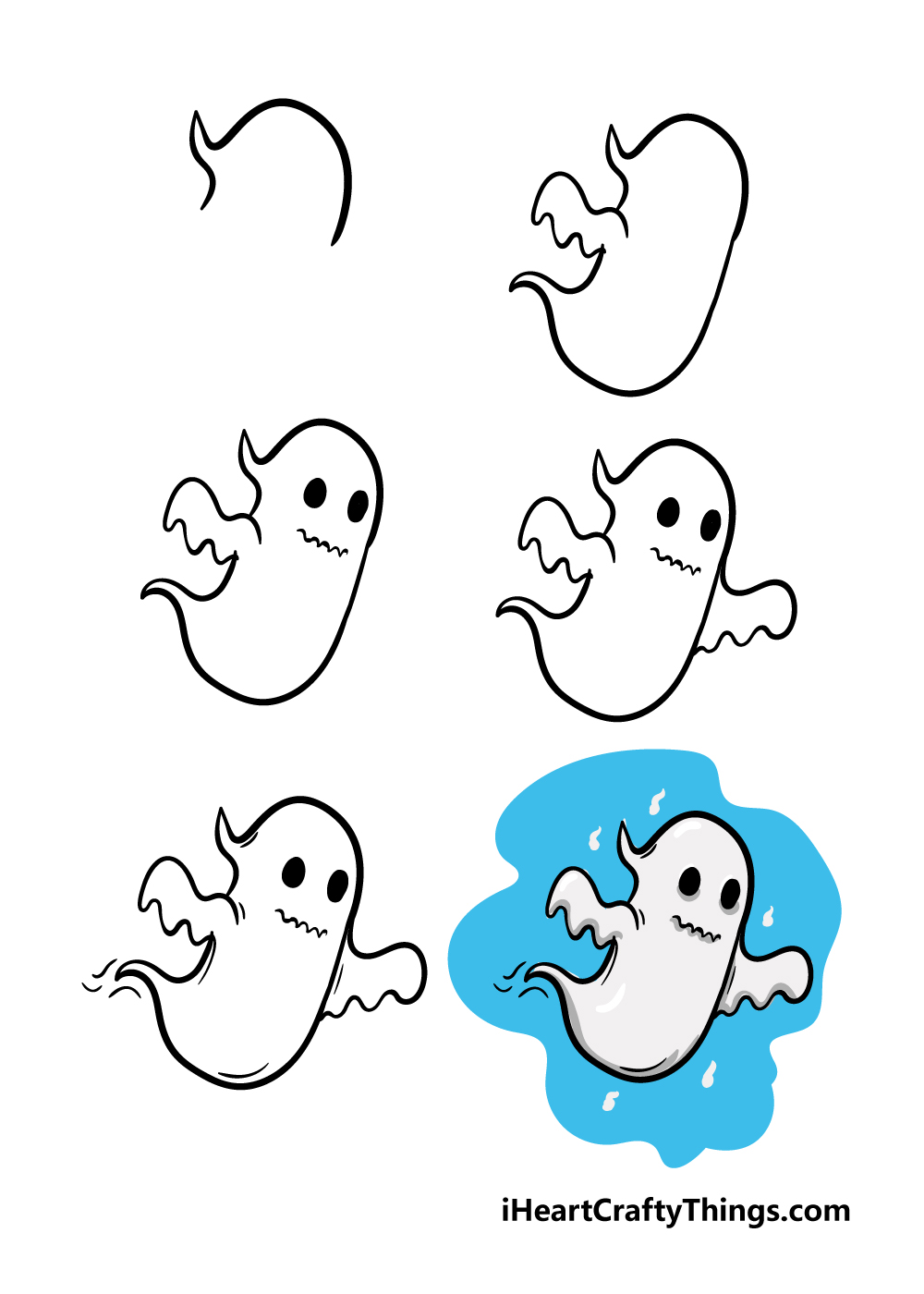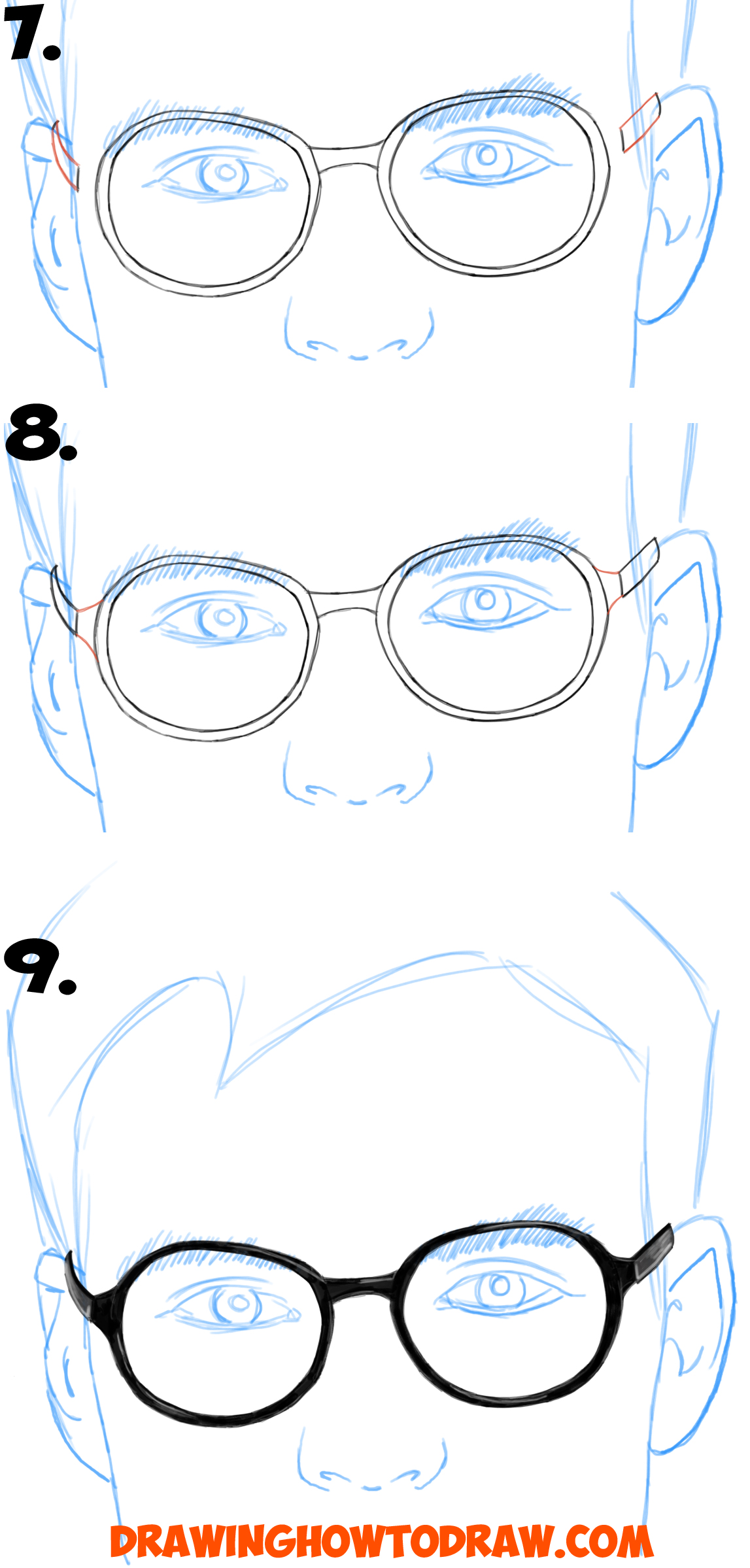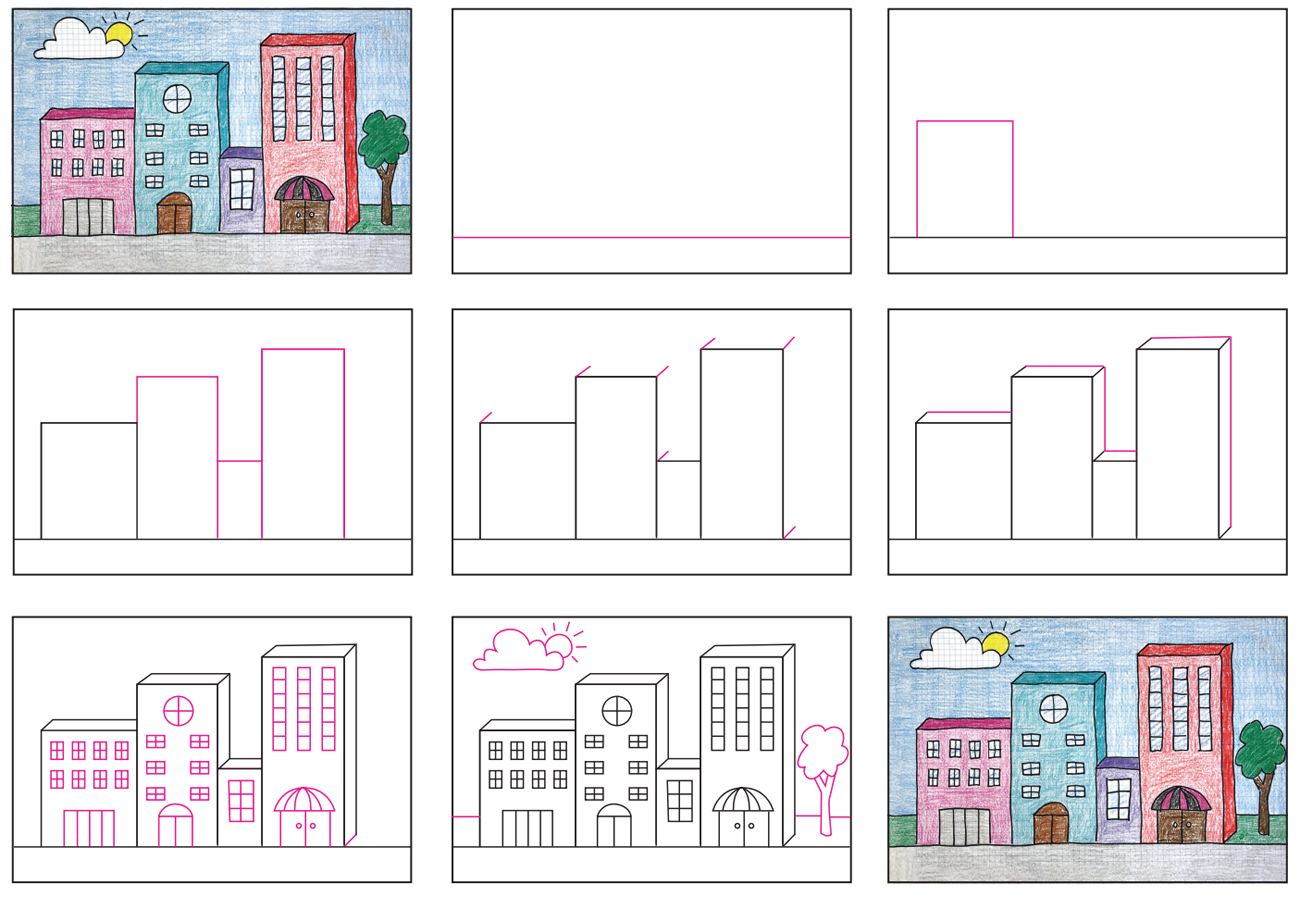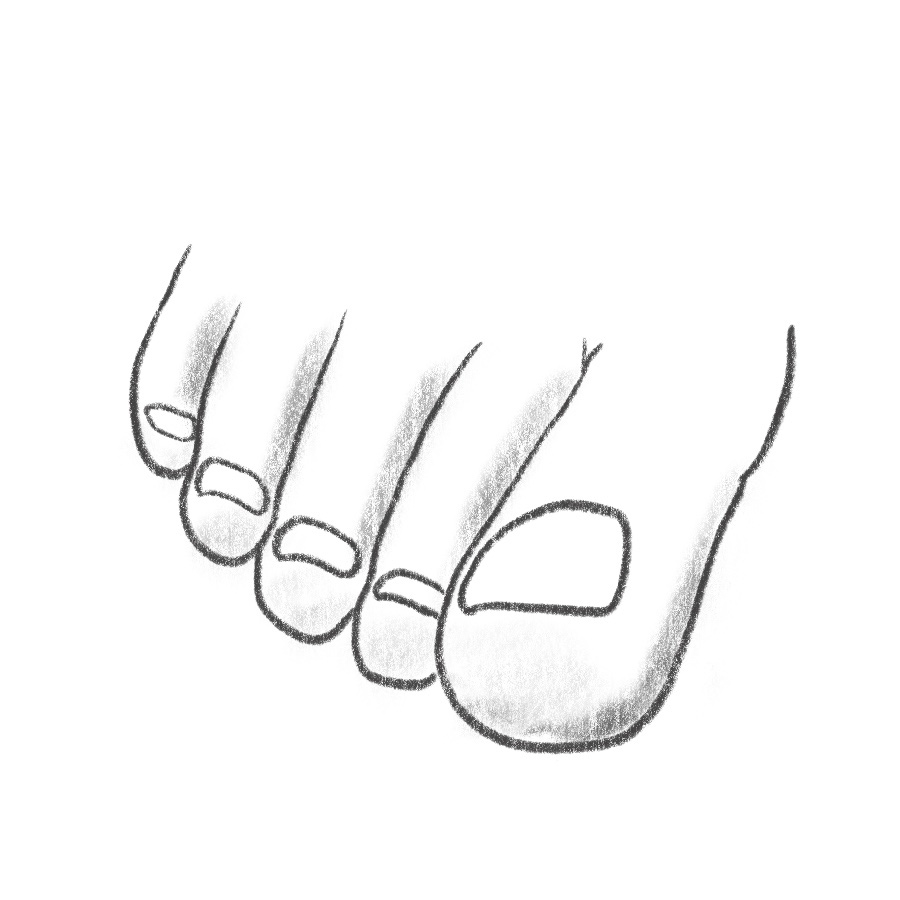How to draw er diagram
Table of Contents
Table of Contents
If you’re a database developer, you know that crafting a solid entity-relationship diagram is an essential step in creating a database that is efficient, scalable, and easy for others to understand. But, as with any skill, figuring out how to draw an entity-relationship, or ER, diagram can be a challenging process for even the most experienced data professionals. Fortunately, there are plenty of resources and tools available to help you get the job done.
Creating an effective entity-relationship diagram requires careful consideration of the relationships between the various components of your database, including tables, fields, and inter-table relationships. It’s also important to keep in mind that different data modeling approaches may require different approaches to diagramming your database, and that choosing the right tools can make a big difference in your ability to create useful and effective diagrams.
If you’re looking to create an entity-relationship diagram, your best bet is to start by defining your database components: your tables, columns, and their relationships. You’ll also want to determine which approach to modeling - such as relational, NoSQL, or graph - you’ll be using. With these considerations in mind, you can then choose the right tools and resources to help you get the job done.
There are plenty of resources available to help you build an entity-relationship diagram. From free online tools to powerful data modeling software, there are plenty of ways to create a visual representation of your data. Some of the most popular tools include those offered by MySQL Workbench, Lucidchart, and even Microsoft Excel. These tools will provide you with the flexibility and tools you need to create a database diagram that works for you.
How to Choose the Right Tools for Your Needs
If you’re new to entity-relationship diagramming, it can be helpful to start by choosing a simple, free online tool to help you get started. This will help you get a sense of how the process works and what kind of diagrams make sense for your database. From there, you can begin to evaluate data modeling software options that may offer a more in-depth set of tools and capabilities. For example, MySQL Workbench is a popular choice among data professionals due to its robust set of database modeling tools. This tool can be particularly useful if you’re working with a relational database, as it provides a variety of powerful tools to help you create and manipulate tables, columns, and relationships with ease. In contrast, Lucidchart is an excellent choice if you’re looking for a more flexible, cloud-based diagramming solution that can be accessed from anywhere.
Tips for Creating Effective ER Diagrams
When creating an effective entity-relationship diagram, there are several important considerations to keep in mind. First and foremost, it’s essential to ensure that your diagram is easy to read and understand. This means selecting clear, intuitive labels for each component of your database and using clear visual cues, such as different shapes or colors, to help distinguish between different types of components. Additionally, you’ll want to ensure that your diagram is organized logically and is easy to follow from one component to the next.
Choosing the Right Modeling Approach
When selecting the right approach to modeling your database, it’s important to consider the unique needs and requirements of your project. For example, if you’re working with a large, complex data set, you may find that a graph database approach offers the flexibility and scalability you need to get the job done. Similarly, if you’re working with a data set that is relatively small and well-structured, a more traditional, relational database approach may be a better choice.
Consider the End User
Ultimately, the most important consideration when creating an entity-relationship diagram is the end user. Whether you’re building a database for internal use by your team or for external consumption by customers, it’s essential to ensure that your diagram is clear, concise, and easy to understand. When choosing your tools and designing your model, be sure to keep the end user in mind and to make usability and accessibility top priorities.
Q&A about How to Draw ER Diagram
Q1. What is an entity-relationship diagram?
An entity-relationship, or ER, diagram is a visual representation of the various components of a database, including tables, fields, and the relationships between those components. ER diagrams are used by data professionals to help identify and understand the various components of a complex database, and to ensure that all of the components work together in a logical and efficient manner.
Q2. What are the key components of an entity-relationship diagram?
The key components of an entity-relationship diagram include entities, attributes, and relationships. Entities are the various components of the database, such as tables or views. Attributes are the specific characteristics of each entity, such as the columns or fields that make up a table, while relationships specify the ways in which entities are related to one another.
Q3. How do I choose the right modeling approach for my database?
When selecting the right modeling approach for your database, it’s important to consider the specific needs of your project, as well as the size and complexity of your data set. For larger or more complex data sets, a graph-based database may offer better scalability and flexibility, while more structured data sets may benefit from a traditional relational database approach.
Q4. What are some common mistakes to avoid when creating an entity-relationship diagram?
One common mistake when creating an entity-relationship diagram is to try to include too much information on a single diagram. Ideally, each diagram should focus on a specific aspect of the database, such as a particular set of entities or a specific set of relationships. Additionally, it’s important to ensure that your diagram is organized in a logical and intuitive manner and is easy to follow from one component to the next.
Conclusion of How to Draw ER Diagram
Creating effective entity-relationship diagrams requires careful consideration of your data set and the unique needs and requirements of your project. By selecting the right tools and modeling approach and keeping the end user in mind, you can create effective diagrams that help ensure the success of your database project.
Gallery
How To Draw Er Diagram | ERModelExample.com
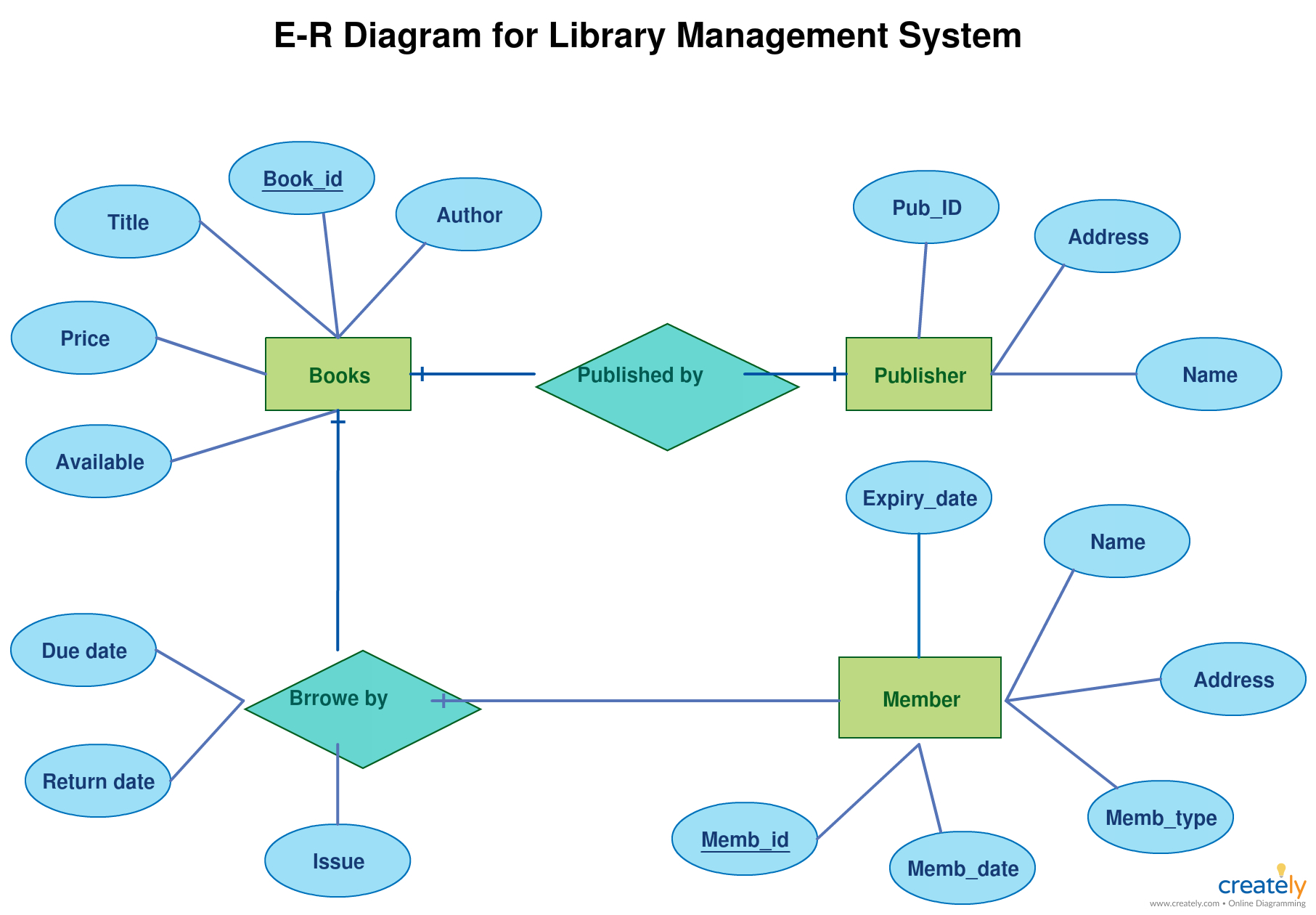
Photo Credit by: bing.com / ermodelexample
How To Draw Er Diagram In Dbms With Examples – ERModelExample.com

Photo Credit by: bing.com / entity dbms ticket scenario eer ermodelexample diagrams exactly ticketing airline voting precisely counsel
How To Draw Er Diagram | ERModelExample.com
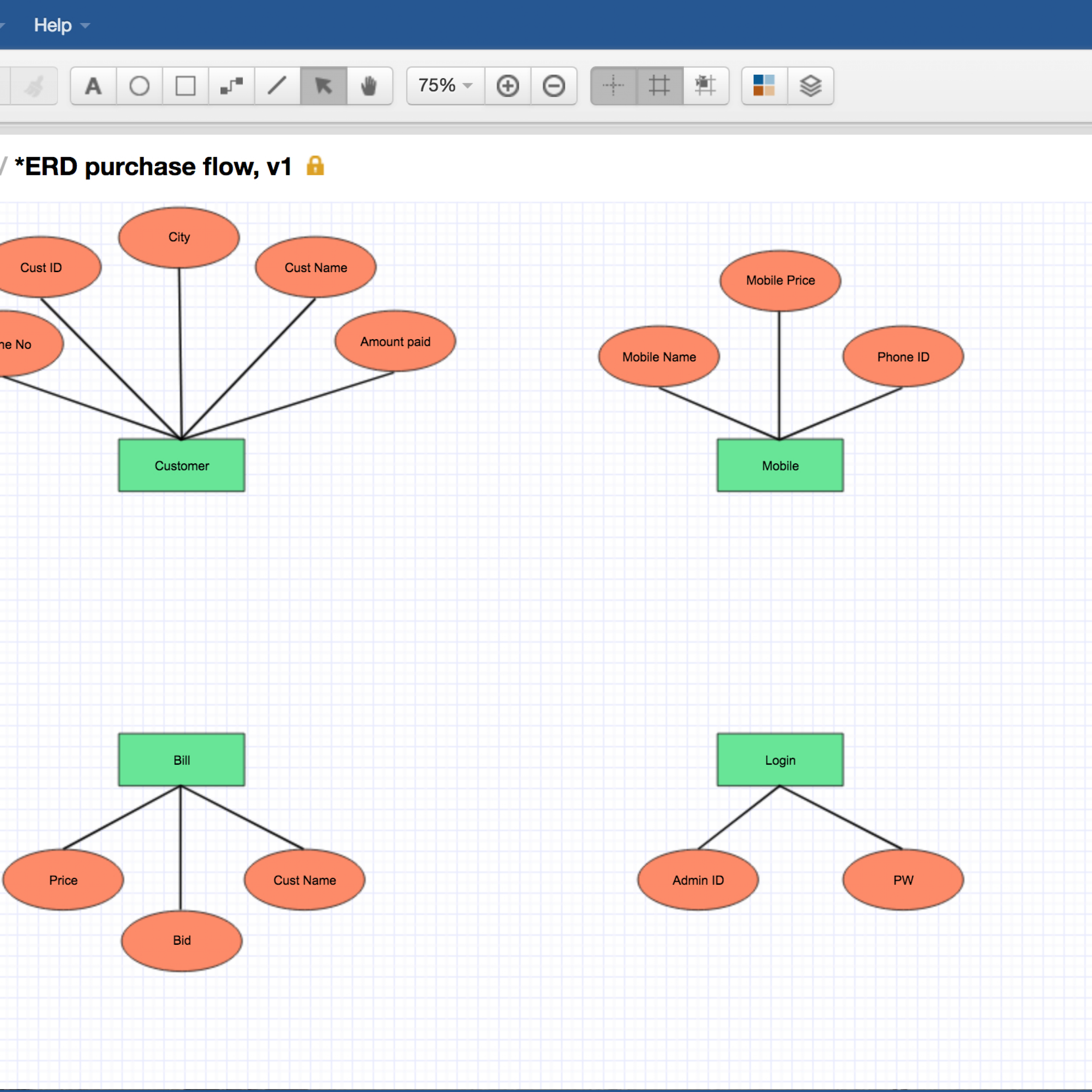
Photo Credit by: bing.com / entity
How To Draw Er Diagram | ERModelExample.com
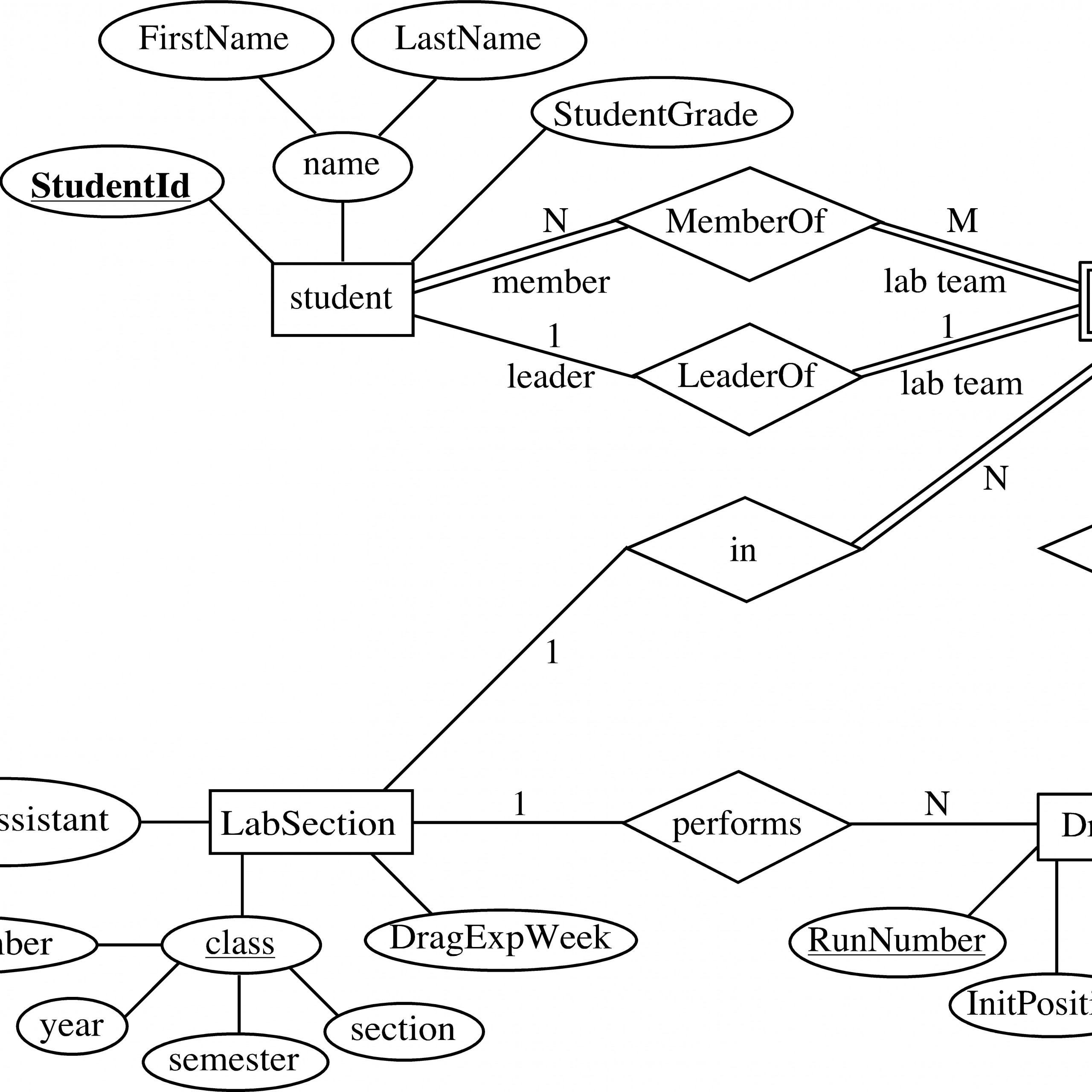
Photo Credit by: bing.com / dbms notations composite admission ermodelexample examples erd
How To Draw An ER Diagram Online | Vertabelo Database Modeler

Photo Credit by: bing.com / draw vertabelo
